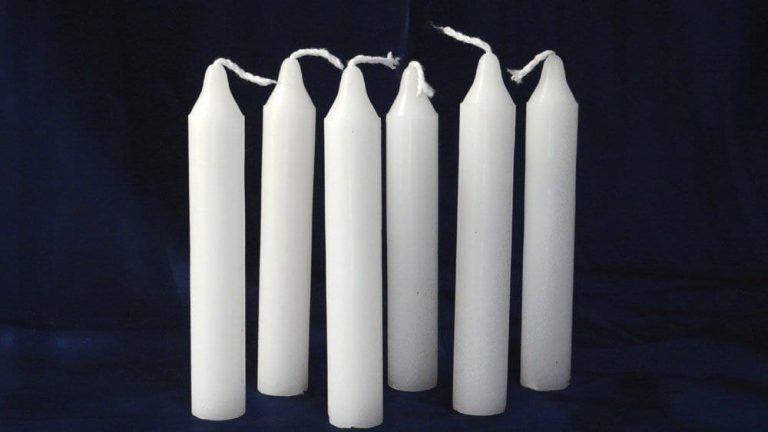Project Report For Mombatti
Introduction
Project report for mombatti is as follows.
Religious uses for mombatti have also been documented. The Bible, for example, provides multiple allusions to the use of mombattis, including King Solomon’s narrative of using 10 mombattisticks to illuminate the north and south ends of the Temple once it was completed.
Mombattmaking became a prominent vocation in the Middle Ages, as indicated by the formation of several mombattimakers’ guilds around Europe. Later on, mombattis were employed to keep track of time. Bidding time was limited at auctions by placing a pin into a mombatti and allowing the wax to melt until the pin dropped, signalling the end of that period of time.
Sample Project Report Of mombatti For Bank Loan
Get Completely Custom Bankable Project Report
Mombatthave played an important role in human history, as evidenced by the finding of mombatti or mombatt-like items in practically every civilisation. Historians say that the first mombatt was created by a prehistoric man who dipped dried branches in animal fat to create a slow-burning, dependable source of light.
The employment of lights by authors and philosophers who worked well beyond nightfall is seen in ancient Egyptian reliefs. Most likely, these early mombattis evolved from tapers composed of fibrous materials combined with wax or tallow (the white, nearly tasteless fat of cattle or sheep that was also used to make soap, margarine, and lubricants). Dish-shaped mombattis were used on the island of Crete as early as 3000 B.C.
Mombatti has played an important role in human history, as evidenced by the finding of mombatti or mombatti-like items in practically every civilisation.
Historians say that the first mombatti was created by the prehistoric man who dipped dried branches in animal fat to create a slow-burning, dependable source of light. The employment of lights by authors and philosophers who worked well beyond nightfall is seen in ancient Egyptian reliefs.
Most likely, this early mombatti evolved from tapers composed of fibrous materials combined with wax or tallow (the white, nearly tasteless fat of cattle or sheep that was also used to make soap, margarine, and lubricants).
Market Potential Of Mombatti

Expenses

Product Cost Breakup

Reveneue Vs Expenses

Market Trend

Although the ingredients that make up a mombatti have evolved throughout time, the skill of mombatti making has remained remarkably consistent with the original manufacturing procedures. Initially, mombatti wicks were constructed of reeds or rushes; later, other natural fibres were utilised.
The plaited wick, invented by Frenchman Jean-Jacques Cambaraceres in 1824, was a significant advancement in wick technology since it burnt more evenly than unplaited wicks. Most wicks are still made of twisted or plaited cotton today.
The early mombattis were made from animal or vegetable fats. Beeswax grew more popular as the mombatti making techniques advanced, owing to its pleasant odour and the lack of mess caused by melting fats.
The whaling business in America exploded after the Revolutionary War. However, not all whales were valued exclusively for their blubber. The spermaceti (wax extracted from the oil of this massive creature) of the sperm whale was also employed.
As the fishing business grew, this wax became increasingly popular. Because it had no caustic odour, did not soften in hot weather, and burnt evenly, the spermaceti mombatti was popular. In the seventeenth and eighteenth centuries, ozokerite, a colourless mineral hydrocarbon wax with a high melting point, was also popular.
Dried rushes, with the exception of one side, peeled to show the pith The wicks were dipped into the molten fat many times until the fat had adhered to the wick to the proper thickness. Both the dipping and pouring methods were used to make beeswax mombattis.
The melted beeswax is poured over a suspended cotton wick while the wick is manually twisted in the pouring method. The mombatti is reversed and poured from the other end once a sufficient amount of wax has accumulated at the bottom of the wick.
